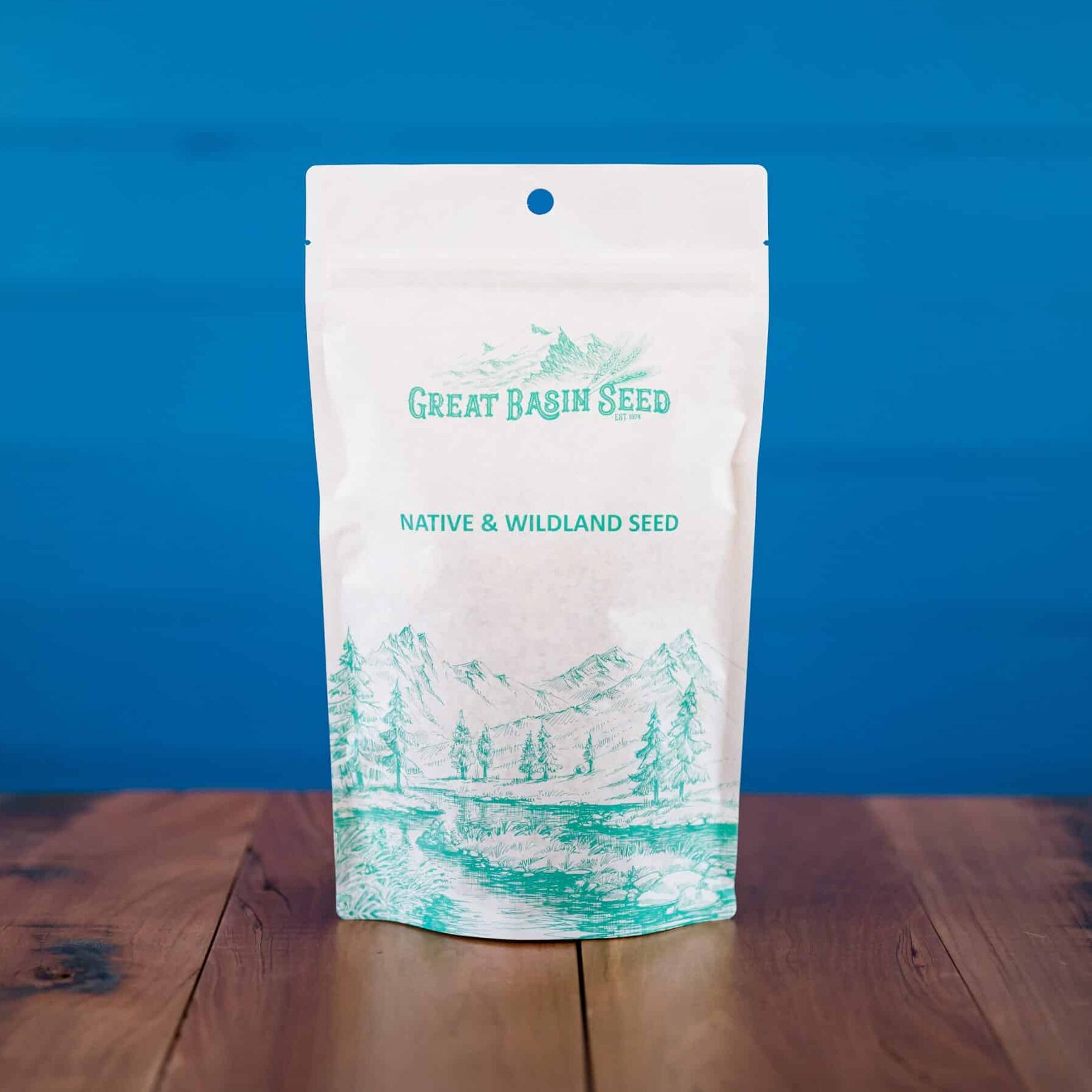Swamp milkweed (Asclepias incarnata) is a native, perennial, wildflower growing three to six feet tall. It gets its common name from its white sap, although it has less sap than many of its relatives. It has long, narrow, lance-shaped leaves that progress in pairs up the stem. Bright pink, white and purple clusters of flowers appear in summer at the tops of the stems. In the fall, blooms give way to distinctive tearshaped five-inch seed pods that are green when unripe, but harden to brown. The individual seeds are attached to fluffy hairs that allow the seeds to drift on the wind. It spreads through rhizomes (roots that grow horizontally from the original plant). It is a tall plant with fragrant, showy clusters of pink and light purple flowers. It does well in landscape plantings with moist soil and in plantings near bodies of water. Unlike many ornamentals, swamp milkweed tolerates heavy clay soils and is very deer-resistant.
It is often cultivated as an alternative to common milkweed that is also attractive to egg-laying Monarchs.
Swamp milkweed is a favored food of monarch butterfly (Danaus plexippus) larva (shown in the picture above). Swamp milkweed is an important food source for the queen butterfly (Danaus glippus) larva. Various other butterflies and hummingbirds consume nectar from the flowers. The bitter leaves do not appeal to livestock; sheep are especially susceptible to the poisonous compounds in swamp milkweed, and sheep fatalities have been reported after consuming the plant.
Asclepias incarnata is a native, colonizing, perennial wildflower useful for wetland rehabilitation. It is a good component of a wildlife seed mixture when seeded with native grasses and wildflowers. It prefers moisture retentive to damp soils in full sun to partial shade.
***Click on the “Quick Plant Facts” tab above for more information.
Swamp Milkweed NRCS Plant Fact Sheet
Swamp Milkweed NRCS Plant Fact Sheet
PDF version of NRCS Plant Guide & Fact Sheet
Prepared By: Samantha Kirk and Shawn Belt, USDA-NRCS, Norman A. Berg National Plant Materials Center, Beltsville, MD.
Helpful Links
Additional information about this product can be found on the academic websites linked below.
Synonyms
Many plants have more than one common and scientific name. We've listed a few of them below.
- Swamp Milkweed
- Asclepias incarnata
Who is Great Basin Seed?
Great Basin Seed is a seed company that specializes in seed sales and consultation for home, ranch, farm, range and reclamation. We have been a leader in the seed industry since 1974.
Our History
We've been in the seed business since 1974.
What We Offer
We offer seed for home, farm, ranch, range and reclamation projects.
Meet the Gang
We have the best employees in the world! We are proud of the work they do, and trust them to serve you!
Right: Company founder Lloyd and his wife Paula Stevens in a wildflower seed production field circa 1977
Quick Plant Facts
| Common Name: | Pleurisy root, Rose milkweed, White Indian hemp |
|---|---|
| Lifespan: | |
| Origin: | |
| pH Tolerance: | |
| Seeds per Pound: | |
| Plant Height: | |
| Planting Rate: | |
| Max Sowing Depth: | |
| Sun & Shade Tolerance: | Full Sun |
| Select a Package Size and Quantity | 1 oz. Envelope, 4 oz. Pouch (0.25 lbs.), 8 oz. Pouch (0.50 lbs.), 1 lb. (by the pound) |










